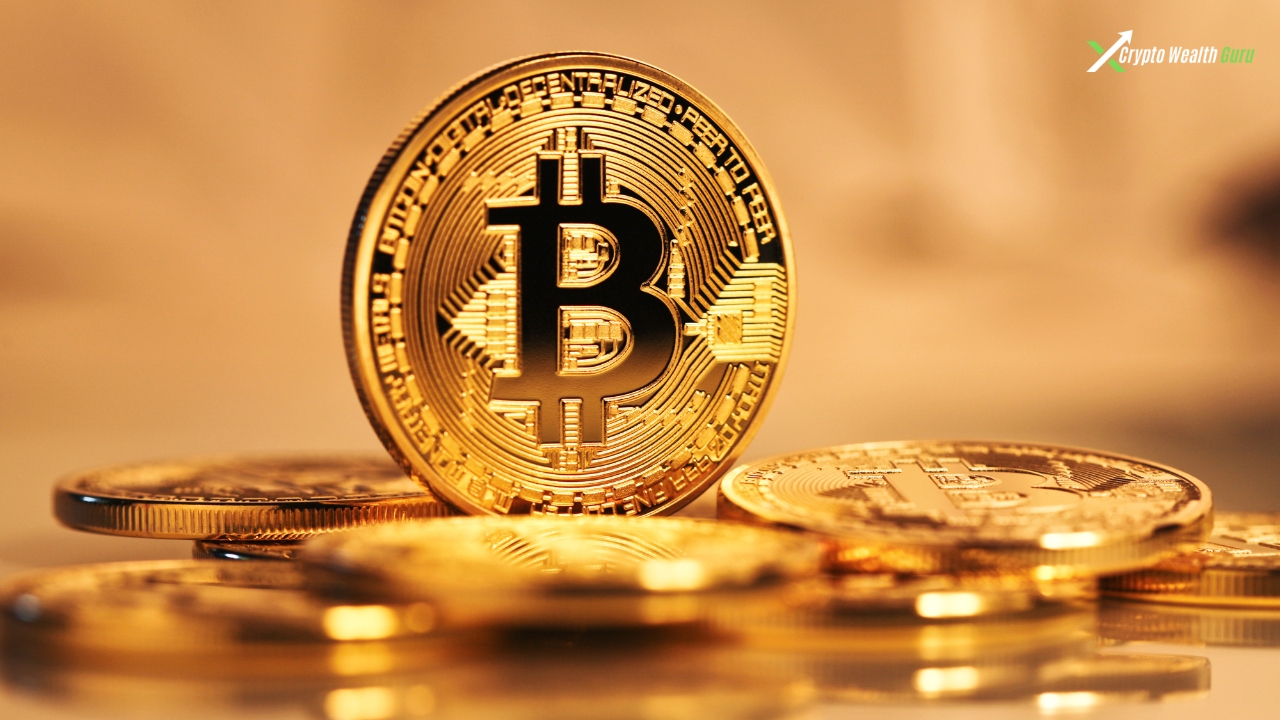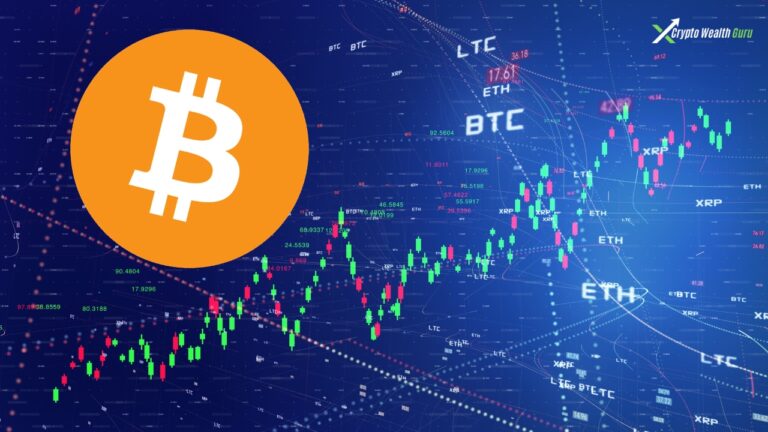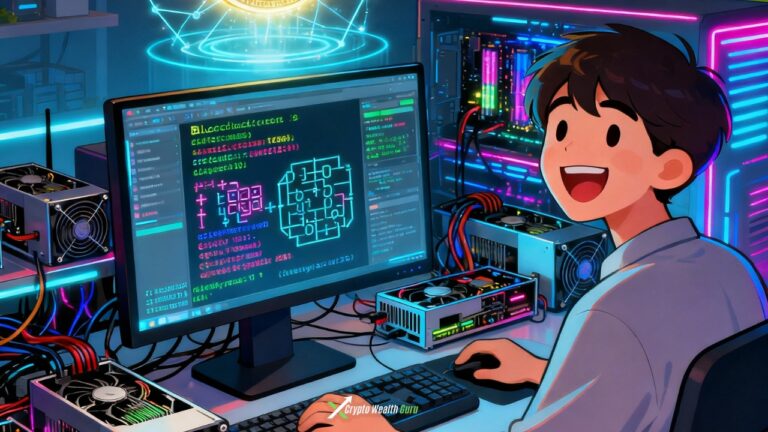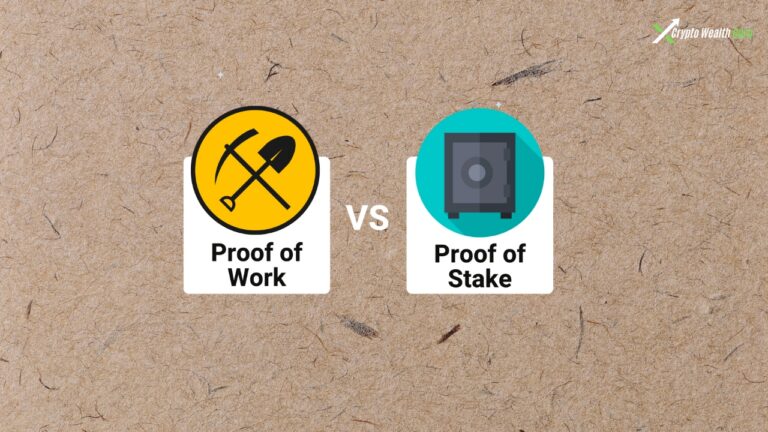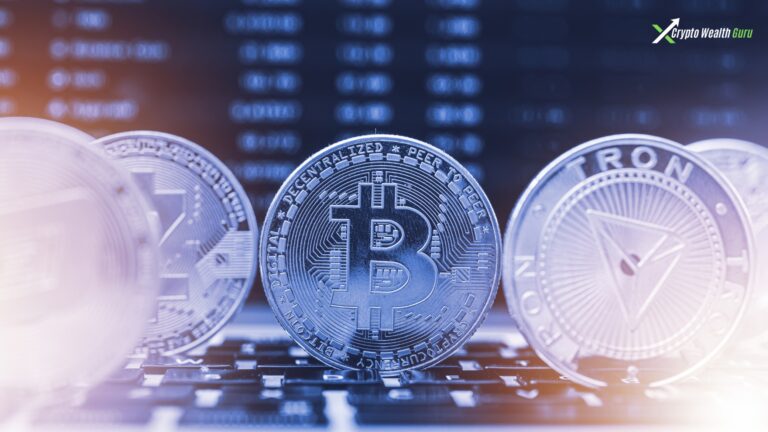What is Bitcoin? A Friendly Guide to the Digital Revolution
So, you’ve probably heard of Bitcoin, right? It’s everywhere these days—on the news, social media, and even on the lips of your friends who suddenly seem to be financial experts. But what is Bitcoin? How does it work? And, more importantly, why should you care?
Well, buckle up, because I’m about to explain it all in the simplest way possible. And, spoiler alert: this isn’t your typical boring, textbook explanation. We’re going to dive into Bitcoin with all the cool details, sprinkle in some fun, and wrap it up with a real-world look at how it affects YOU. Ready? Let’s get into it.
What is Bitcoin? A Simple Explanation
Bitcoin is a type of digital currency. Imagine it like your regular money, but instead of physical bills or coins, it exists only online. It’s often called a cryptocurrency because it uses encryption techniques to secure transactions and control the creation of new units.
In simpler terms, Bitcoin is money you can send and receive through the internet, without needing a middleman like a bank. It’s decentralized, which means no government or financial institution controls it.
Why Should You Care About Bitcoin?
So, why does Bitcoin even matter? Why is everyone so hyped about it? Well, there are a few key reasons:
- Fast Transactions: Sending Bitcoin is faster than bank transfers—especially for international payments. No waiting for days!
- Lower Fees: No middleman means fewer fees. Banks love to take a cut; Bitcoin doesn’t.
- Privacy & Security: Your personal information isn’t linked to Bitcoin transactions, so it’s more private than traditional banking.
Doesn’t that sound intriguing? But how does it work behind the scenes? Let’s dive deeper.
The Technology Behind Bitcoin
The Blockchain: Bitcoin’s Secret Sauce
If Bitcoin were a rock band, then the blockchain would be its lead guitarist. The blockchain is the decentralized ledger that keeps track of all Bitcoin transactions. It’s public and transparent, so anyone can see the transactions happening at any time.
Think of it like a giant digital notebook where every Bitcoin transaction is written down and securely stored in blocks. Once a block is full, it’s added to a chain of previous blocks, forming the blockchain. This process is decentralized, meaning it doesn’t rely on a single authority (like a bank or government) to validate the transactions.
How Bitcoin Transactions Work
Here’s a fun way to think about Bitcoin transactions: Imagine you’re sending a gift card to a friend. You write down the details on the card, including the amount. Now, to make sure it’s legit, the network (the blockchain) verifies that you actually own the gift card balance before transferring it to your friend’s account.
- Transaction Request: You initiate a transaction by saying, “Hey, I want to send Bitcoin to my friend.”
- Verification: Miners (we’ll talk more about them in a sec) check that you have the Bitcoin you’re sending.
- Transaction Confirmation: Once everything checks out, the transaction gets added to the blockchain.
And just like that, the Bitcoin is transferred—no banks, no fees (well, almost none), and no hassle. Cool, right?
Mining Bitcoin: Not What You Think
Here’s where things get a bit wild. Bitcoin isn’t just “created” by anyone. It’s “mined.” But don’t imagine pickaxes or digging for gold. Bitcoin mining happens digitally by solving complex math puzzles.
The Mining Process
- Miners use special computers to solve mathematical problems that verify Bitcoin transactions. These problems are incredibly difficult, which is why it requires tons of computer power.
- When a miner solves a problem, they add a new block to the blockchain and, in return, are rewarded with freshly minted Bitcoin.
It’s like a digital treasure hunt, and only the fastest and most powerful computers get the loot. But here’s the kicker: there’s a limited supply of Bitcoin—only 21 million will ever exist. That’s why people call it “digital gold.”
Why Bitcoin is So Popular
Let’s be real for a second: Bitcoin isn’t just a random fad. It’s special. Here’s why:
1. Scarcity:
Just like gold, Bitcoin is limited. There will only ever be 21 million bitcoins in circulation, making it a deflationary asset. It’s kind of like having a super rare collectible card, but in digital form. The more people realize how rare it is, the more its value might go up.
2. Decentralization:
No central authority (like a bank or government) controls Bitcoin. That means no one can print more or mess with the system. Bitcoin is governed by math, not politics.
3. Global Reach:
Bitcoin can be used anywhere in the world. Whether you’re in New York, Paris, or Timbuktu, you can send and receive Bitcoin as long as you have an internet connection. It’s like having global money in your pocket. Pretty cool, huh?
The Risks of Bitcoin: Is It All Sunshine and Rainbows?
While Bitcoin sounds awesome, it’s not all perfect. There are some risks involved.
1. Price Volatility:
Bitcoin’s value can fluctuate wildly. One day it’s worth $50,000; the next day it’s half that. If you’re looking for stability, Bitcoin might not be your best friend.
2. Regulation Issues:
Because Bitcoin operates outside of traditional banking systems, some countries are still figuring out how to regulate it. This can cause uncertainty for investors or users who are concerned about government crackdowns.
3. Security Threats:
While Bitcoin itself is secure, your Bitcoin wallet can still be at risk if you’re not careful. It’s essential to store your Bitcoin in a secure wallet and follow best practices to keep it safe.
Real-World Uses of Bitcoin
Okay, so now that we understand what Bitcoin is and how it works, you’re probably thinking: “Great, but what’s the point? How can I actually use it?” Well, Bitcoin has a bunch of real-world applications:
1. Buying Stuff:
You can use Bitcoin to buy everything from gadgets to pizza (yes, really). A growing number of online retailers accept Bitcoin as payment.
2. Investment:
Many people treat Bitcoin like digital gold—a long-term store of value. They buy Bitcoin, hold it, and hope its value increases over time. It’s like a bet on the future of digital currency.
3. Cross-Border Transactions:
Bitcoin is great for international payments. It doesn’t rely on banks or government regulations, so sending Bitcoin overseas can be quicker and cheaper than using traditional methods.
Final Thoughts: Is Bitcoin the Future?
Here’s the big question: Will Bitcoin change the world? Maybe. While it’s still too early to say, Bitcoin’s potential for decentralization, security, and global use is undeniable. It’s already making waves in the world of finance and technology.
If you’re thinking of getting involved, remember: do your research. Bitcoin can be a great investment, but like any asset, it comes with its risks. That said, it’s pretty exciting to watch this digital revolution unfold.
So, next time someone asks you, “What is Bitcoin?”, you’ll be ready to drop some knowledge. And who knows? Maybe you’ll be the next person to join the mining craze (or just hodl on for the ride).
Key Takeaways:
- Bitcoin is a decentralized digital currency.
- The blockchain is what makes Bitcoin secure and transparent.
- Bitcoin is mined by solving math problems, and there’s a limited supply.
- While it’s exciting, Bitcoin’s price can be volatile, so it’s not for the faint-hearted.
- Bitcoin can be used for everything from purchasing goods to investing.

